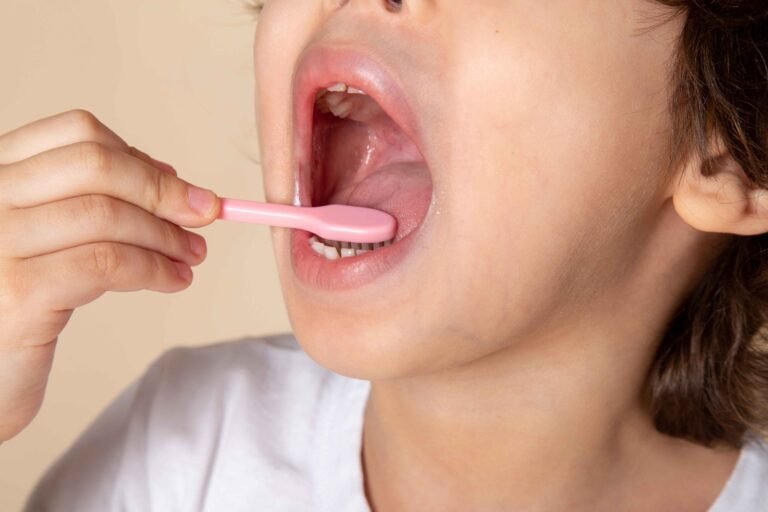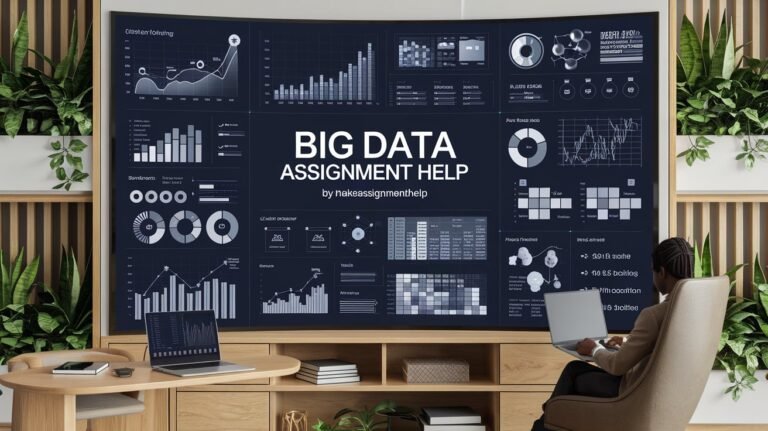How the CDC’s Updated Guidelines for Cleaning and Disinfecting Can Enhance Workplace Safety
In today’s fast-evolving workplace, maintaining cleanliness and sanitation has never been more essential. As businesses continue to adapt to new health challenges, the need for effective cleaning practices becomes critical. The Centers for Disease Control and Prevention (CDC) regularly updates its Guidelines for Cleaning and disinfecting to help organizations foster a healthy environment. These updated recommendations are designed to enhance workplace safety, reduce health risks, and promote employee productivity. In this article, we will examine the significance of following the CDC’s Guidelines for Cleaning and discuss how these updates can greatly benefit your business in the long term.
CDC’s Cleaning Guidelines
The CDC’s Guidelines for Cleaning and disinfecting play a vital role in safeguarding public health. These guidelines are developed to reflect the latest scientific research and respond to current public health needs. By following these instructions, workplaces can ensure they are providing a safe environment for employees, customers, and visitors alike.
In a post-pandemic world, cleaning is no longer just about appearance but also about hygiene and preventing disease transmission. The CDC’s guidelines are designed to help reduce the spread of bacteria, viruses, and other harmful pathogens. These protocols provide detailed instructions on how to clean high-touch surfaces, sanitize shared equipment, and ensure the regular disinfection of public spaces.
Why Updated Guidelines Matter for Businesses
The recent updates to the CDC’s Guidelines for Cleaning are particularly relevant for businesses as they aim to enhance workplace safety by addressing new health risks. Whether it’s in office settings, retail stores, or manufacturing facilities, following these guidelines is essential to maintaining a productive and healthy work environment.
Businesses that prioritize workplace cleanliness not only protect their employees but also demonstrate responsibility to their clients. This improved hygiene can lead to fewer sick days, enhanced morale, and overall better business performance. For instance, regular cleaning and disinfecting of frequently touched surfaces like doorknobs, light switches, and shared desks is critical for preventing the spread of infectious diseases.
Enhancing Workplace Safety Through Cleaning Protocols
Adhering to the CDC’s Guidelines for Cleaning requires more than just occasional surface wiping. It involves the proper use of cleaning agents, the correct frequency of cleaning, and the right techniques for disinfecting specific areas. This comprehensive approach ensures that every area of the workplace is treated effectively.
For example, the CDC recommends the use of EPA-approved disinfectants that are effective against harmful pathogens. Additionally, surfaces that are touched frequently should be cleaned and disinfected more often. In shared spaces, businesses should ensure that cleaning protocols are performed multiple times throughout the day. By maintaining these practices, companies can significantly reduce the risk of illness transmission in their workplaces.
A Professional Approach to Safety
Maintaining compliance with the CDC’s Guidelines for Cleaning can be a challenge, especially for businesses with large or high-traffic areas. That’s where a commercial cleaning company comes in. These companies specialize in professional cleaning services that follow CDC recommendations to the letter. From using advanced cleaning tools to knowing which disinfectants to apply, a professional service ensures that your workplace is clean and safe.
Hiring a cleaning company can be especially beneficial for businesses that lack the resources to manage daily cleaning operations in-house. Professional cleaners are trained to understand and implement the latest cleaning protocols, which can ease the burden on your internal team. This ensures that your business stays compliant with health regulations while maintaining a clean and inviting environment.
Technology in Enhancing Cleaning Efficiency
Technology has revolutionized the way we approach cleaning and disinfecting. Many businesses are now utilizing tools such as electrostatic sprayers and UV-C light systems, both of which are recommended in the CDC’s Guidelines for Cleaning for their ability to disinfect large areas quickly and effectively.
Electrostatic sprayers, for instance, use electrically charged disinfectants that adhere to surfaces more efficiently than traditional cleaning methods. These sprayers can cover hard-to-reach areas and provide an even coat of disinfectant on all surfaces. UV-C light systems, on the other hand, use ultraviolet light to kill bacteria and viruses on surfaces and in the air, providing an additional layer of protection in the workplace.
Proper Staff Training in Line with CDC Guidelines
Another critical aspect of enhancing workplace safety through the CDC’s Guidelines for Cleaning is ensuring that staff is adequately trained. Training employees on proper cleaning protocols, including which products to use and how often to clean specific areas, is key to maintaining a safe work environment.
Businesses must develop and implement cleaning schedules that follow CDC recommendations, particularly in high-traffic or shared spaces. Employers can support these efforts by providing personal protective equipment (PPE) such as gloves and masks, and ensuring that cleaning supplies are readily available throughout the workplace.
Long-Term Benefits
Businesses that follow the CDC’s Guidelines for Cleaning not only benefit from enhanced workplace safety but also enjoy long-term advantages. A clean and well-maintained environment promotes better mental health among employees, boosts productivity, and helps reduce employee absenteeism.
Additionally, following these cleaning protocols can help companies maintain compliance with local and federal health regulations, avoiding potential fines or penalties. Investing in the health and well-being of employees and customers also leads to improved brand reputation and increased customer loyalty.
Final Thoughts
The CDC’s updated Guidelines for Cleaning offer businesses a robust framework for maintaining a safe and hygienic workplace. By adhering to these protocols, companies can protect their employees, enhance productivity, and contribute to the overall well-being of their communities. Whether through internal cleaning efforts or by hiring commercial cleaning services, businesses must prioritize cleanliness and safety in their daily operations.






